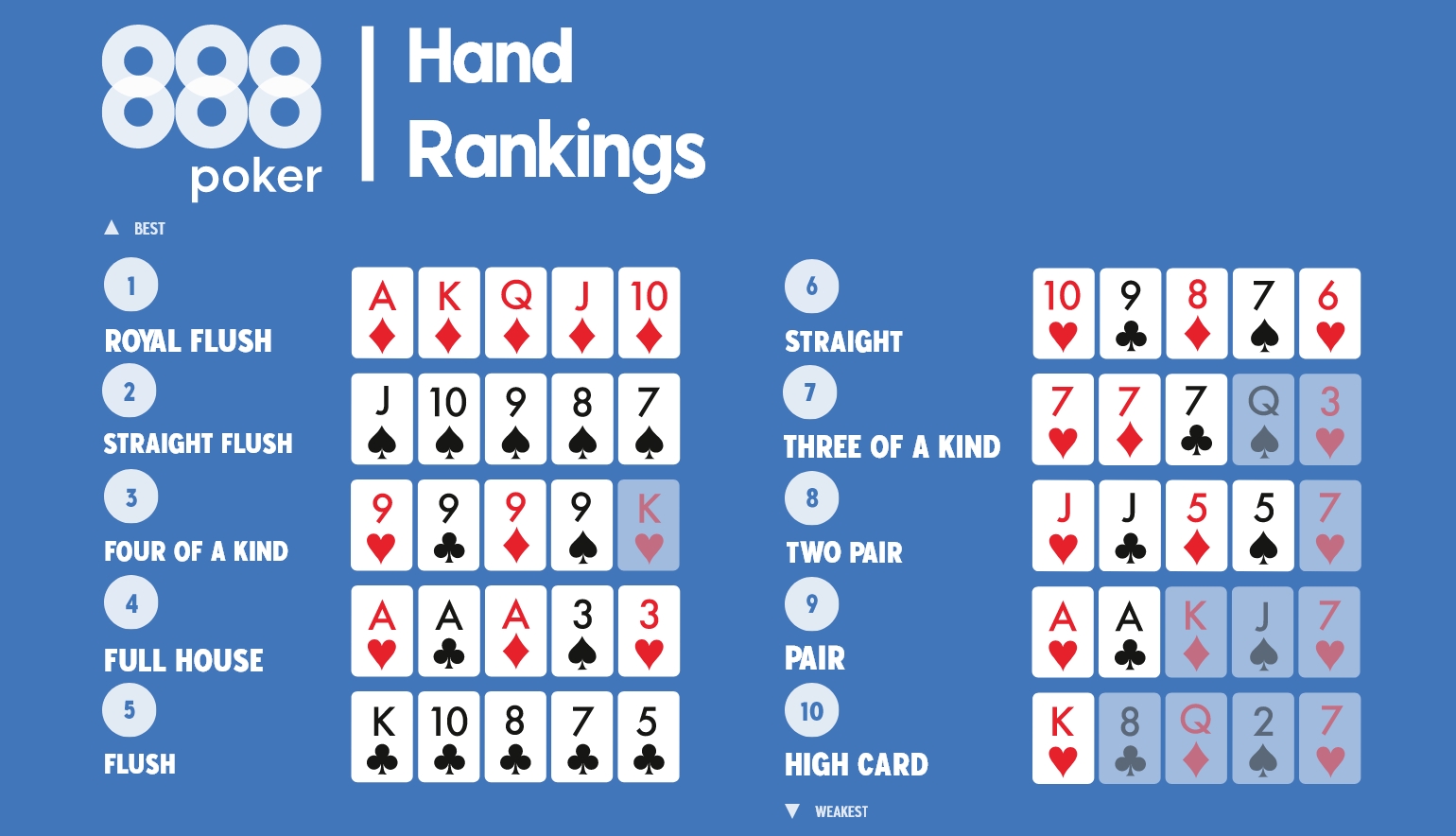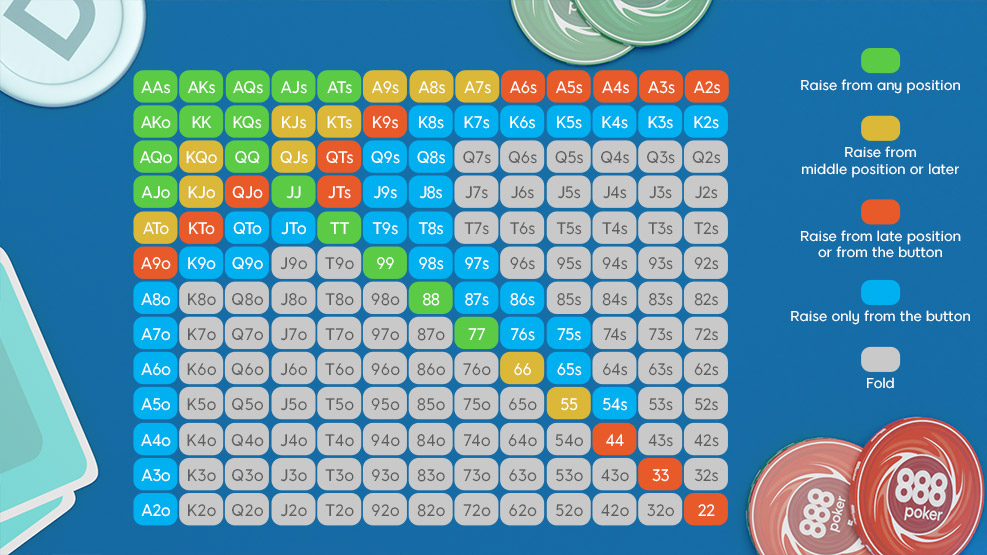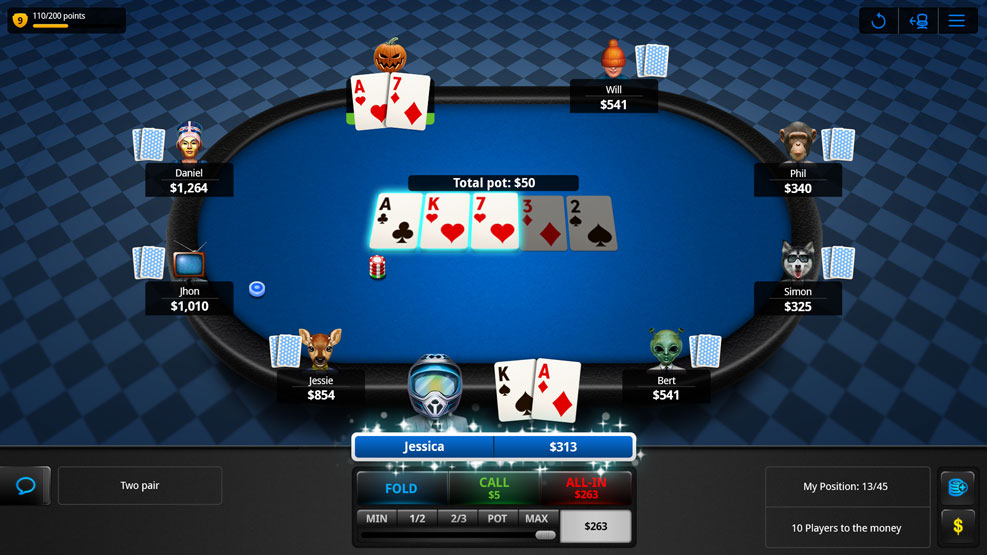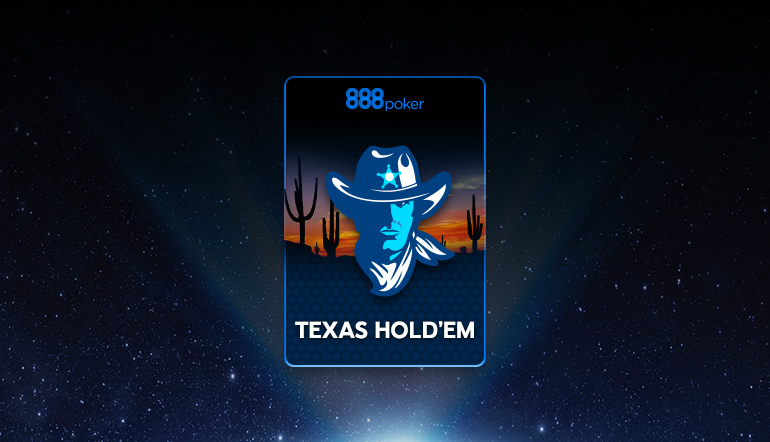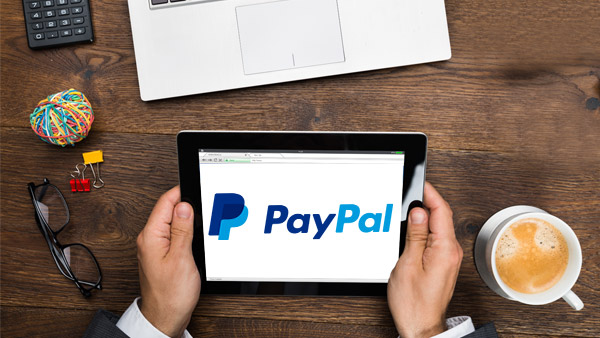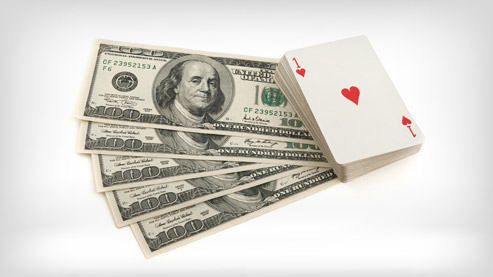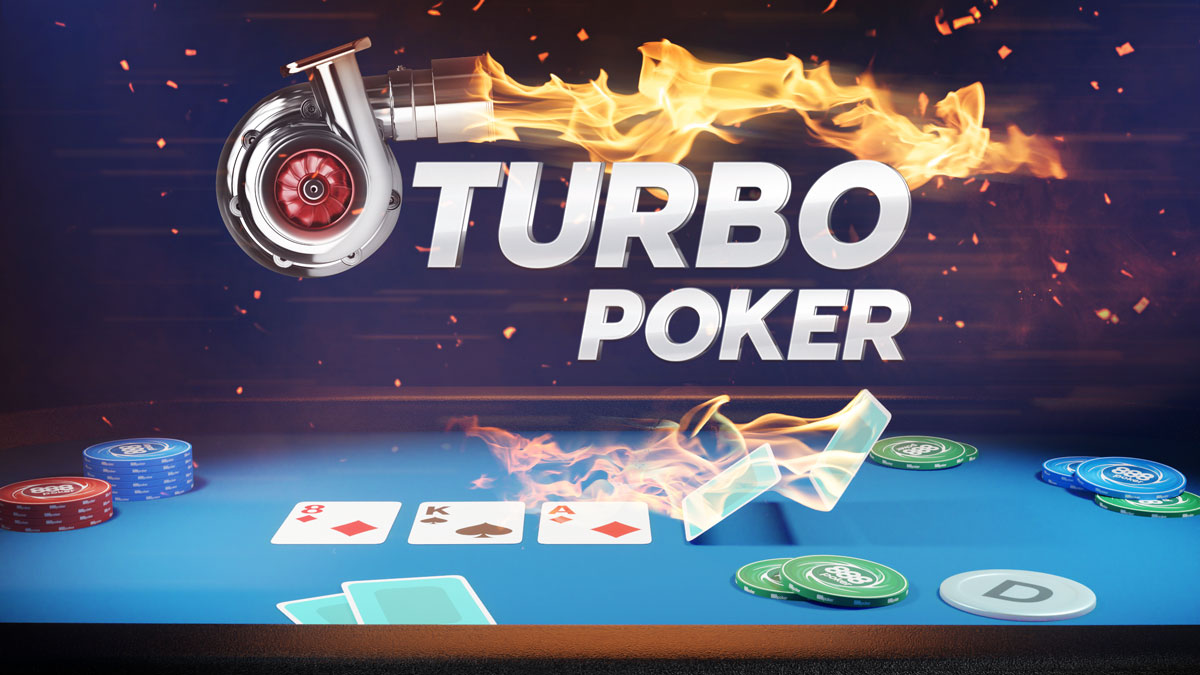You should also consider the amount of players in a hand. Hands can have less value (how much you can get paid off) against 1 player than when you're up against 6. On the flip side, these same hands can have greater bluffing value when heads-up because you only have one opponent to convince you have the nuts!
So, part of the selection process in choosing opening hands is not only hand strength, but how that hand can make you money in any given situation. A hand like a small suited connector, for example, plays better as a bluff in a heads-up pot but more for value multi-way. It's unlikely that you'll get paid off with a suited connector type hand, heads-up. And, it's even more unlikely that you'll be able to bluff in a multi-way pot.
So, when you select an opening hand, you need to be aware of how it will make you money after the flop. If you don’t know how a hand will make you money, then you are playing blind, and that is hardly good poker.
2. Bet Sizing with Confidence
In No Limit cash games, players have the ability to bet whatever they have in front of them. It's this very freedom that gets a lot of players into trouble. So, bet sizing is the second most important subject on our list of Texas Hold'em 5 Golden Rules.
Bet Sizing – Pre-Flop
One of the best tips for correctly sizing your bets is to follow what's happening at your table. If the standard pre-flop raise is 2.5xBB, as a beginner this is the line you should take. If you try to be clever and raise an odd amount, it could backfire. Your bet size has to be familiar and make sense to your opponents. By raising unusual amounts, all you're doing is making it harder for players to make a decision. Making it difficult for your opponents to think, post-flop, can be a good thing. However, pre-flop it normally results in that loose call you just don't want or need.
Bet Sizing - Post-flop
If you were the raiser pre-flop, a c-bet (continuation bet, after a pre-flop raise) is almost mandatory. You should size your c-bet between 50% and 70% of the pot. The size of your bet will help define the strength of your hand. This is especially true when playing at the lower levels. Most inexperienced players will see a big c-bet as strength. You will be able to get the hand over – whether or not you've hit the flop.
You want your opponents to know (or think) that you have them beat. If you bet too small, you could end up facing a re-raise or a check-raise, depending on your position. Bet too big and you could find yourself pot-committed to a hand that is probably going to be the loser.
Here's a simple example of proper c-bet sizing:
You're UTG+1 in a 9-Max $1/$2 No Limit Hold'em cash game. You get dealt Pocket JJ and raise the table standard of 2.5xBB. It gets folded around to the Button who calls. Both Blinds fold. The flop comes down Ad-6h-2s. Now, the Ace is a scare card, but you feel that the BTN player would have 3-bet with a strong Ace, and would have tossed a weak one. Bet too small here and a savvy opponent could raise you, representing the Ace, and bluff you off the pot. You bet 2/3 pot with confidence and get the fold.
It's not always that easy, and your opponent could have called you with a suited Ace. And, if the board comes down 7d-8d-9d and you're holding As-Ks in a multi-way pot, a c-bet could be like throwing down a drain. However, the c-bet is a standard and necessary play. And a correctly sized c-bet will usually get the intended result – a fold and you winning the pot.
Bet Sizing - Bluffs
Let's say that you want to bluff in a $20 pot. You feel that there is an excellent chance that your opponent would fold. If you bet $20, you could be in for trouble if you're wrong and this guy decides to call – or worse come over the top. This would be a poor bet size if your opponent would fold to a $10 bet. Because if the bluff fails, you would lose an extra $10, needlessly.
Bet Sizing - Value
Now, let's spin the bottle 180 degrees. When you have the nuts, you should try to bet for value. For example, you've got to the river, heads-up, with Ad-Ks on a board that reads: Ac-Kh-7h-3d-2s. You're quite certain that your opponent has the Ace, at the very least. If the pot is $50, and you bet $20, your opponent snap calls with two pair, you've probably left some money on the table. They might have called off another $10-$20! So, that's a classic bet sizing mistake.
